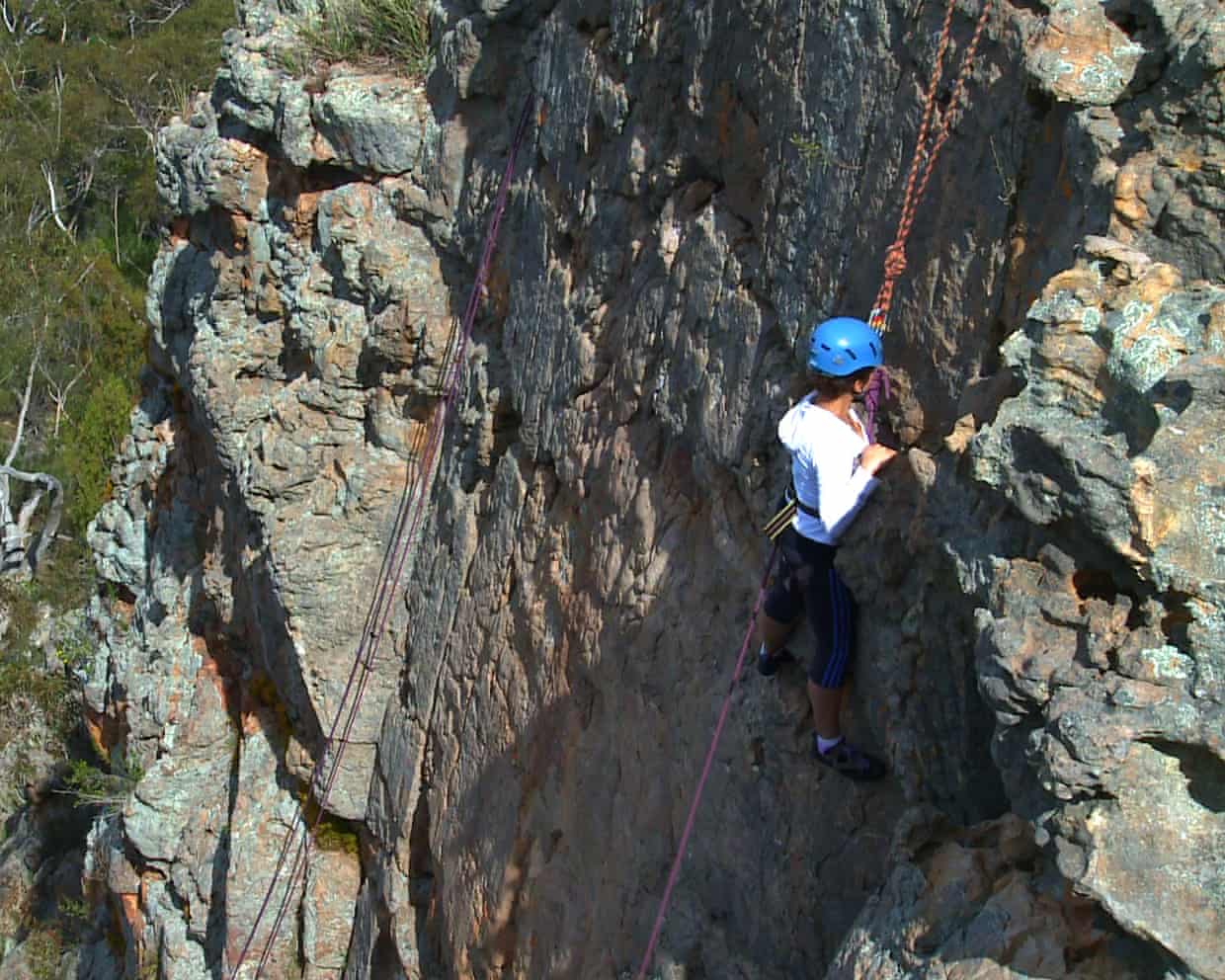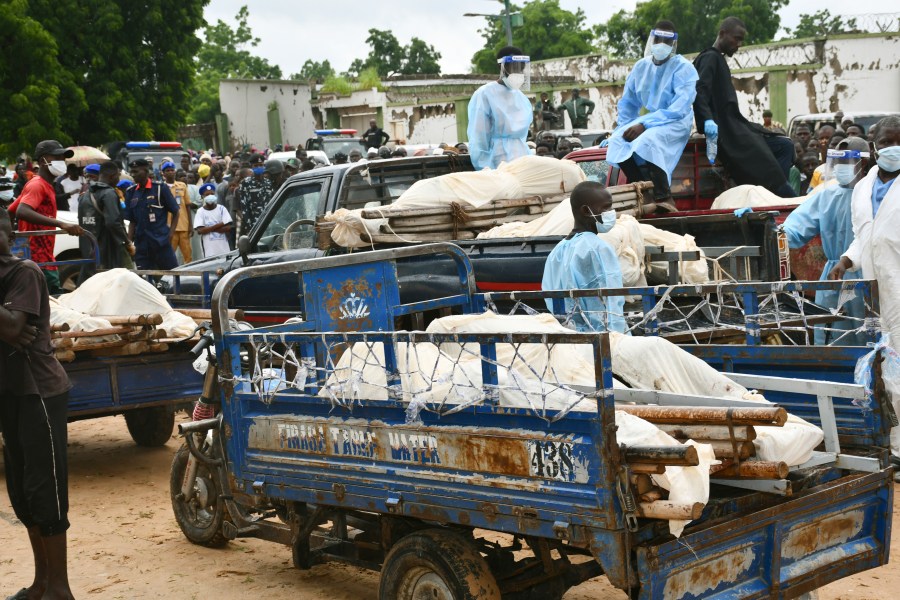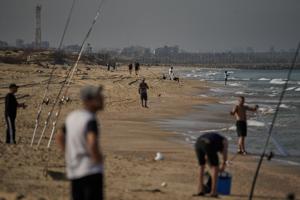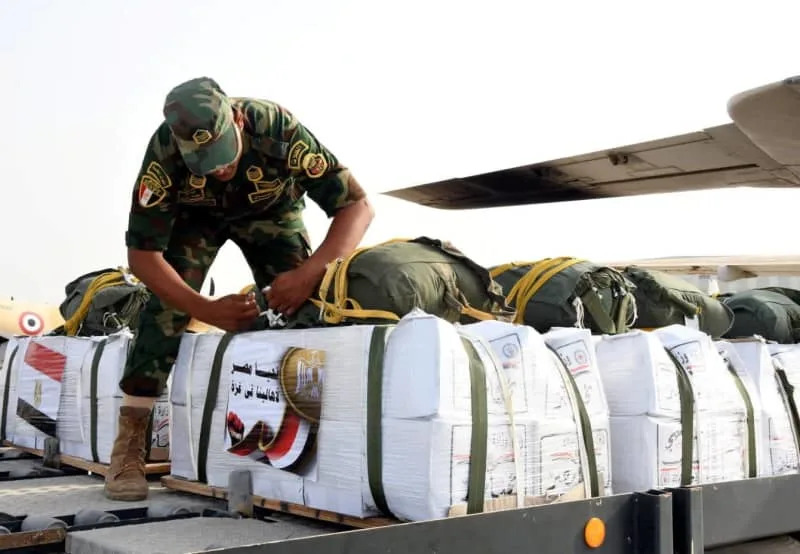Rock climbers in Victoria are expressing resistance to voluntary bans on climbing routes near Mount Arapiles, a site known for its spectacular rock formations and significant Indigenous heritage. Despite appeals from Parks Victoria and the Barengi Gadjin Land Council to respect the area’s cultural significance, many climbers are openly discussing their intentions to continue climbing in these areas.
Mount Arapiles, located in western Victoria, is not only a premier destination for rock climbing but also home to ancient rock art and a wealth of Indigenous cultural sites. According to a management plan from Parks Victoria, the area contains tens of thousands of artefacts, scarred trees, and rock art believed to date back at least 3,000 years. The plan also highlights one of the largest Indigenous stone quarry complexes found in Australia.
Parks Victoria has requested climbers to avoid five specific routes, including Chicken Boulder, Pharos Boulders, and Taylors Rock, due to the “significant Aboriginal cultural values present.” The agency’s advisory reads: “While Parks Victoria and Barengi Gadjin Land Council determine a longer-term management response, and out of respect for this significant cultural landscape, visitors are requested to not enter this area.” Despite this request, there has been no change to climbing access, and the agency currently lacks the means to enforce these voluntary bans.
Climbers have taken to social media platforms to voice their opinions, with numerous comments reflecting a disregard for the restrictions. One climber remarked, “If they want to ban certain areas they better get training. What are they going to do… chase someone up a hard core 30?” Another user added, “I like resisting all proposed climbing and bouldering restrictions anywhere in Australia; it’s my other sport.”
The consultation process conducted earlier this year, which concluded in February 2023, revealed significant opposition to the proposed bans. More than 1,000 individuals participated, with 90% identifying as rock climbers. The most common sentiment expressed was that the proposed amendments to climbing access represent a considerable loss for the climbing community and diminish Mount Arapiles’ status as a top climbing destination.
The consultation garnered 581 submissions and 1,094 online surveys, alongside an information session attended by over 365 people. The resulting report concluded that “the overwhelming majority of participants expressed concern about the consultation process and felt a strong sense of loss for their much-loved rock-climbing activity.” While many acknowledged the importance of protecting cultural heritage, there was a strong call for reconsideration of the permanent restrictions.
The state government had previously proposed a draft plan that would have banned rock climbing in approximately half of the Mount Arapiles-Tooan State Park. A spokesperson for the Victorian government stated, “The great outdoors are to be experienced and admired, not locked away.” Currently, work on the management plan has been paused while a Community Working Group collaborates to create more inclusive opportunities for everyone to enjoy Dyurrite.
Mount Arapiles, also referred to as Dyurrite, attracts thousands of visitors annually, drawn by its reputation for challenging climbs regarded as some of the best in Australia. The ongoing debate over climbing access highlights the delicate balance between preserving Indigenous heritage and the cultural significance of rock climbing within the community. As discussions continue, climbers and conservationists alike await the outcomes of the management plan revisions.







